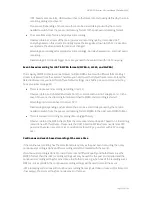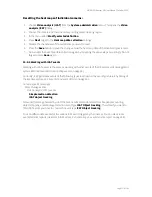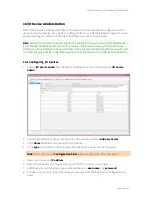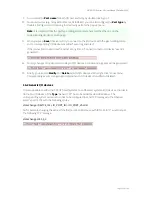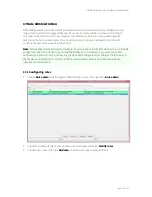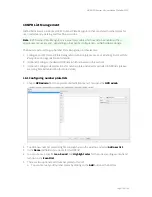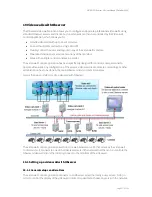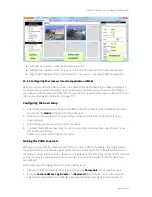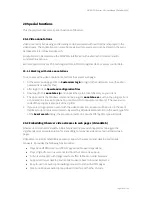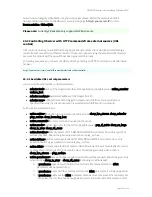
NETAVIS Observer 4.6 User Manual (October 2015)
Page 169 of 204
9.
You can edit the
Port name
for each I/O port and relay by double-clicking on it.
10.
For some devices (e.g. many AXIS cameras, AXIS P8221) you can also configure the
Port type
by
double-clicking on it and choosing the desired type from the pop-up menu.
Note
: It is important that the port type configuration made here matches the one on the
corresponding I/O device's webpage!
11.
When you press
Save
Observer will try to connect to the I/O device with the given configuration
and a corresponding "I/O device was added" event is generated:
If the connection is not successful or lost at any time a "Connection lost to I/O device" event is
generated:
12.
For any changes of input ports and relays of I/O devices a corresponding event will be generated:
13.
Finally, you can also
Modify
and
Delete
selected I/O devices via the right-click mouse menu.
Corresponding events are again generated when an I/O device is modified or deleted.
16.2 Generic I/O devices
It is also possible to add other TCP/IP based systems to an Observer system as I/O devices. In order to
do that an I/O device of the
Type
"Generic TCP" has to be added as described above. The
corresponding system or device then has to be configured to send TCP messages to the Observer
server's port 10100 with the following syntax:
statechange,<DEVICE_ID>,<IO_PORT_ID>,<IO_PORT_VALUE>
So for example changing the value of the first port of an I/O device with ID=1001 to "0" would require
the following TCP message:
statechange,1001,1,0








